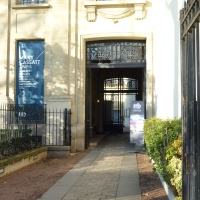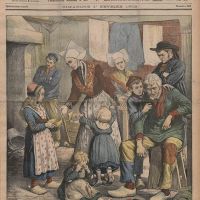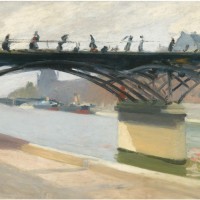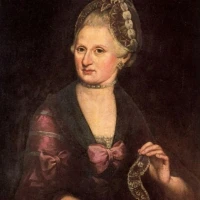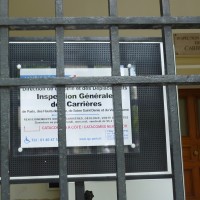Ah, Paris! We still love you, and we’re coming back, but you have a rival. Thanks to the generosity of Alison and David, we had the use of a superb flat in Greenwich for a week. And perhaps because we spend so much time thinking about Paris, we ended up discovering elements of Paris in Greenwich and London. We also noticed some striking differences.
Moving quickly and turning sharply, the catamaran headed towards us at the dock at Greenwich. It looked like one mean mother of a boat. The Thames Clipper gets you to London in a hurry.
As we stood on the outside deck near the stern, the city raced by. Churning water, the roar of the engines mixed with the wind, and the vibrations coursing through the hull were exhilarating. While all too short, the trip up the Thames was unforgettable. This is not the Batobus. Of necessity, the boats on the narrower Seine are more sedate.
In an earlier blog, I talked of how Paris taught me to be aware of the geometry, colour, and patterns of chimneys and chimney pots. London and Greenwich continued my education.
And as night fell, the colour drained from the chimneys and flowed into the sky. The chimneys became pure geometry, which included more TV aerials than one is accustomed to seeing in Paris. The Greenwich skyline was as intriguing as the scale was comforting.
I even found some interesting chimneytracks to photograph, although nothing quite as dramatic as the Paris versions I described in a previous blog.
In Paris, I enjoy photographing the cast iron beneath our feet. Greenwich, too, rewarded me. How surprised I was to see my old friend Pont-à-Mousson with its characteristic seven-arch bridge profile and the familiar letters PAM.
Perhaps nothing beneath my feet caught my attention as much as two subtly different access covers bearing the name Post Office.
The one above was originally installed to provide access to buried telegraph lines. Then, with the advent of a new communications technology, there was a new sign and buried telephone lines, also run by the Post Office.
In Paris, I have seen many devices to make sure that the wheels of carts and trucks do not run into and damage buildings and posts at entryways and corners. In France they are called chasse-roues (literally chase-wheels-away) and in England they are called guard stones.
Some were of cast iron such as the above, which stood near Davy’s Wine Vault in Greenwich. We highly recommend Davy’s wine boutique and its restaurant.
The stone—or concrete—guard stone shown above is paired with a don’t-go-there reminder. I have written about some of the sterner anti-trespassing devices I have seen in Paris. Greenwich offered a few threatening versions of its own.
I photographed the image above as Philippa and I walked through an area where dockyards and businesses stood cheek-by-jowl with new flats. The spikes looked as if they had been made on site for the purpose. I guess on Savile Row it would have been called a bespoke version of a barrier.
Close by, the same lack of welcome came from a fence that looked very modern, something stamped out and mass-produced to a standard industrial design. I guess we could call this one an off-the-rack barrier.
We did not have to walk far to see a stark sign that left no doubt that life for intruders would not be pleasant.
I lingered about this place and photographed the wire, actually the wires. I noticed a curious blending of the old and the new. Can you see the old and the new in the image below?
There are two kinds of wire in the photo. Look in the centre of the image to see sharp edges mounted on wire; this is razor wire, a 20th-century invention. There are also pieces of 19th-century technology in the picture. Here we see a traditional form with short pieces of sharp-ended wire wound around and held in place at right angles to the length of the wire by two twisted strands.
Barbed wire was developed to keep animals in place—or out of places—whereas razor wire was directed towards people. Barbed wire has a long and complex history that includes many variant designs. It might even be French in origin. And here endeth this digression.
Greenwich and London are every bit as intriguing and exciting as Paris. And it is because I am more familiar with Paris that I kept seeing reminders of Paris in them. But when I return to Paris, the tables will be turned and I will see reminders of Greenwich and London. I find travel most satisfying when I am able to draw links between places and to see things in unfamiliar ways. I prefer to see a few places in detail rather than rushing through many places. Greenwich and London have been added to the list of places I must see more deeply.
There is the sign I glimpsed quickly through the dusty windows of a London Transport No. 188 Bus. I want to know more about that.
And this is an image taken from the Greenwich flat, created in what was once an elementary school, whose history, design details, and architectural complexity I am still struggling to capture.
We will also have to find again the little hole-in-the-wall eatery where the food and coffee were excellent, tables were shared, and wi-fi was not available. It was the kind of place where customers were expected to help keep the business alive, not take up residence in multiples of half days.
It might be near The Cartoon Museum to which we plan to return, or maybe the Museum of Brands, Packaging & Advertising, which will be another repeat visit. Or maybe it was near the Victoria and Albert Museum, or the Science Museum, where they have some typewriters I need to see for a book I am writing with a friend who collects pre-1900s typewriters.
Greenwich and London went by in a glorious blur, but we will be back.
Text and photographs by Norman Ball.























